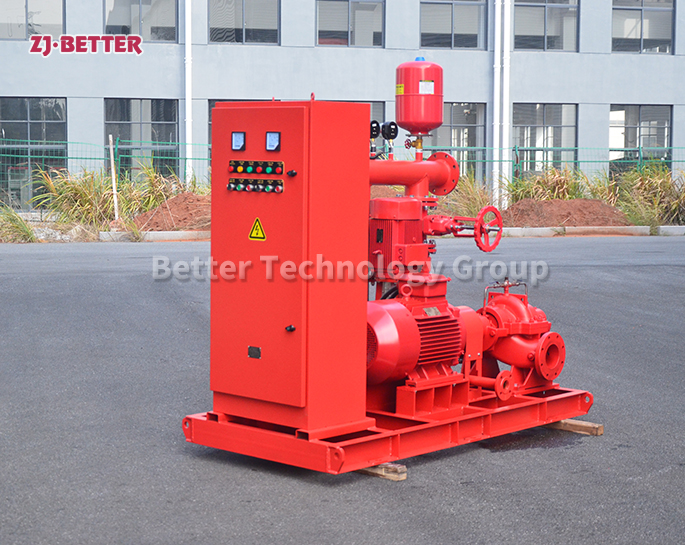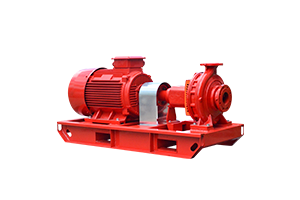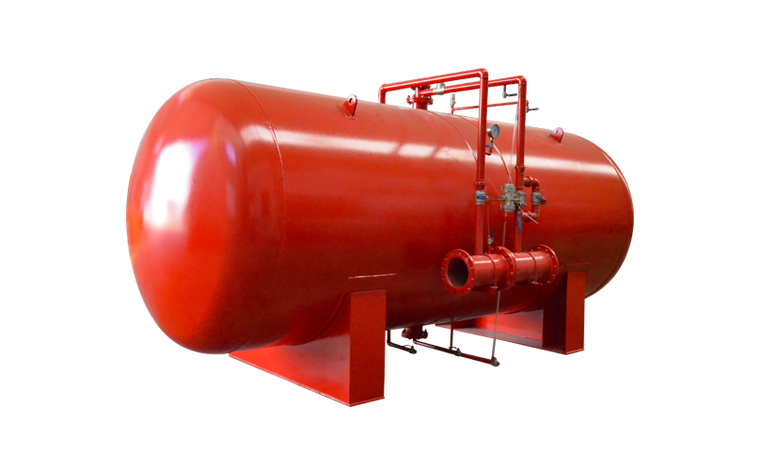How to Inspect Your Fire Pump for Regular Maintenance
Fire pumps are critical to any fire protection system, ensuring that water flows at the right pressure to combat fires effectively. Regular inspection and maintenance are essential to keep these systems in optimal working condition. Here’s a step-by-step guide to inspecting your fire pump for regular maintenance.

1. Check for Physical Damage
Inspect the fire pump for visible damage or corrosion. Look for leaks, worn-out components, and loose connections. Physical wear can significantly impact the pump’s performance.
2. Verify Alignment
Ensure proper alignment between the pump and its driver (electric motor or diesel engine). Misalignment can cause excessive vibration, leading to premature wear.
3. Inspect Electrical Connections
For electric fire pumps, check all wiring and connections. Ensure there are no loose or frayed wires, which could cause operational failures.
4. Examine Couplings and Bearings
Inspect couplings and bearings for wear and tear. Lubricate moving parts per the manufacturer’s recommendations to prevent unnecessary friction and damage.
5. Test Performance
Run the fire pump under standard operating conditions to assess performance. Measure the flow rate and pressure to ensure compliance with NFPA 20 standards.
6. Check Suction and Discharge Valves
Inspect suction and discharge valves for blockages or damage. Clean and repair these valves if needed to maintain optimal water flow.
7. Monitor Fuel Levels (for Diesel Pumps)
For diesel engine fire pumps, ensure the fuel tank is adequately filled. Inspect the fuel lines for leaks or blockages.
8. Review the Controller Panel
Test the control panel to confirm that all indicators and alarms are functioning correctly. Replace faulty sensors or indicators promptly.
9. Record Your Findings
Maintain detailed records of your inspections, including issues identified, corrective actions taken, and dates of maintenance. These records are crucial for compliance and future reference.
Conclusion
Routine inspections and timely maintenance are essential to ensure that your fire pump operates reliably during emergencies. Following these steps can enhance the lifespan of your equipment and provide peace of mind. If you’re unsure about any part of the inspection process, consult with a certified fire pump technician.

.png)
.png)

.png)


